
Celebrating one of cinema’s most influential heroines and the timeless villain that made her
Before Sigourney Weaver’s Ripley, mainstream heroines were a different breed entirely. Sure, they were heroic in a more conventional sense, but long before feminism became fashionable Ripley emerged from the shadow of her male (and robotic) counterparts by overcoming perhaps the fiercest creation in all of cinema. I’m talking, of course, about the xenomorph, H.R. Giger’s monstrously phallic creation. This article’s title refers to Alien‘s protagonist as a bitch, a term Ripley uses for the xenomorph queen in James Cameron’s high-octane sequel Aliens, a movie which played on the will of maternity, but the sex of the original xenomorph is unclear, so for those of you with a proclivity for questioning the minor details, allow me just a moment to elaborate.
Technically, there are three types of xenomorph: the vaginal egg, the parasitic facehugger and the phallic beast most commonly referred to as the xenomorph or ‘drone’. The Alien books indicate that the drones are male, with the strongest fertilising the queen. If no queen is available they instead undergo a metamorphosis that results in a female form, making them quasi-androgynous. As for the Alien movies, it’s natural to assume that the queen is a female and the drones are males, but this is based on a reflection of humanity. In reality, when the queen reaches a certain age she produces eggs all by herself, which makes her a self-fertilising hermaphrodite, a fact that has been discussed by both director Ridley Scott and xenomorph creator H.R. Giger. As for the xenomorph drones, they can neither impregnate nor become impregnated, which essentially makes them genderless.
It is perhaps fitting, then, that our heroine is kind of boyish while also being distinctly feminine. She is attractive, but not in a conventional way, presented as more handsome than pretty, with an absence of nudity that belies the often salacious trends of the time. Yet Ripley has become a sexual icon among fans both male and female — not least for her exploits as a gay rights activist — and in a strange roundabout way she is almost the human equivalent of her alien nemesis.

It’s amazing that a series of movies can be discussed in such terms, but that in itself is an indication of the impact that Ridley Scott’s space-bound horror has had on our culture at large. Beneath the visceral terror and pseudo-slasher formula, Scott delivered a unique slice of body horror that tapped into fears of decay and mutation, all of it tied to sex and sexuality, themes that would spawn a billion-dollar franchise that is still going strong today, leading to the kind of convoluted saga that speaks to the creature’s capacity as a mainstream draw.
For fans of the franchise, many of those sequels and prequels have underwhelmed. The first of those, Aliens, is not one of them. In fact, for some it’s one of those rare sequels that is equal to or surpasses the original. That is a debate for another time, but each movie has its own strengths. For me, the first sequel’s only ‘weakness’ relates to the xenomorph itself. In Alien, the creature is presented as nigh-on indestructible, a fact that allows it the reputation of being one of the genre’s most fearsome creations. The second movie eschews Scott’s brand of brooding horror for balls-to-the-wall action, and a colony of easily bested xenomorphs serves to cheapen that reputation. What it does instead is present us with a species which hunts in packs, that is willing to sacrifice itself for the greater good as it expands its collective understanding. In Aliens, the xenomorph colony are incredibly smart and ingenious in their approach. The horror may be diluted, but in many ways the lore of the creature is only strengthened.
Later instalments were received to varying degrees but they lacked the key element that made the original and its immediate successor so effective. The Alien concept is one that thrives on simplicity. Alien added slasher elements to a brooding sci-fi mystery, presenting us with a tale in which the hunters inevitably become the hunted. When the crew of the Nostromo are alerted to a mysterious distress signal it’s in their contract to investigate, a fact highlighted by studious science division representative, Ash (Ian Holm), who seems almost compassionate when he overrules typical protocol to allow the contaminated Kane (John Hurt) back aboard the ship.
Ash’s most vocal detractor is Ripley, who is immediately attacked by the Nostromo’s only other female passenger, Lambert (Veronica Cartwright), and labelled a bitch for abandoning a fellow crew member. Lambert is the antithesis of Ripley — unrestrained and combative when defending the crew she is dependent upon but trembling and motionless when confronted by the movie’s colossal threat. Lambert shows compassion of the human variety, a trait that is often impulsive and misguided. Ripley instead taps into the ice-cold instincts of the xenomorph. She is single-minded for the good of the human hive.

Like the xenomorph, Ripley is merely exhibiting a survival instinct, one that is initially perceived as being just as ruthless. To begin with she is coldly pragmatic, compassionate enough to understand the disapproval of other crew members but cautious and inquisitive thereafter. This is mostly influenced by her suspicions of quasi-humanitarian, Ash — still a human as far as the crew are aware, but someone who seems more concerned with preserving the parasitic entity that has smuggled itself aboard than he is maintaining the crew’s safety. Kane’s journey had led him cautiously through one of film’s most breathtaking and timeless set designs, a visual maze of awe-inspiring detail created very much in the guise of the xenomorph. Even the darker realms of the Nostromo’s interior, those which seem detached from the almost celestial white of the film’s more tranquil moments, act as ideal camouflage for one of horror’s most effective hunters. Like Ripley, the xenomorph is wired to adaptation.
Like Halloween‘s Michael Myers, the xenomorph is expertly elusive, almost omnipotent. It stalks its prey with a quiet pragmatism, utilising the kind of intelligence that contradicts its monstrous appearance. When the crew of the Nostromo separate after tracking the tiny xeno that bursts from Kane’s chest in one of film’s most frightening and unexpected revelations — a scene that even the cast were unaware of until Lambert’s distraught pallor was splattered with a wave of startling crimson — the crew are picked off one-by-one, stalked with an insatiable relish and ruthlessly vanquished in the blink of an eye. Of all the indomitable forces to have graced the horror genre, nothing instils a sense of futility quite like the xenomorph, a skilled and adaptable hunter at one with the isolation of space that possesses the kind of natural intelligence rarely glimpsed in movie monsters.
Thanks to some inspired editing and incredible use of lighting, which disguise the xenomorph’s more prosthetic features, this is a timeless pre-CGI creature, a drooling monstrosity with the kind of phallic weapon that would make most men grind their teeth with cringing displeasure. The xenomorph’s capacities as a near-perfect organism and indestructible killing machine, including its molecular-acid-for-blood defence mechanism, are feared by humanity and admired by the only other non-human member of the Nostromo crew, who sees the beast not as an abnormality of nature, but as a pure entity, a survivor without conscience, remorse or delusions of morality, a monster as worthy of our fear as it is our respect. Only a schmuck, or a severely misguided corporation with designs on utilising the beast as a military weapon, would be stupid enough to underestimate the xenomorph’s particular set of skills, the kind that cannot be tamed, managed or controlled.

The xenomorph plays on our most primal fears, the majority of them sexual in nature. If penetration is enough to rattle the cages of heterosexual men the world over, then pregnancy at the hands of a facehugger goes above and beyond. All of this weakens the heterosexual male’s resolve. It is no coincidence that the ship’s ostensible alpha male, Dallas (Tom Skerritt), is one of the alien’s first victims. This in itself is enough to plunge the ship into jeopardy, one that we as an audience share due to the narrative’s lack of hypermasculine convention. His death establishes the xenomorph’s dominance after a breathtaking sequence in the ship’s ventilation shafts, after which things truly begin to fall apart.
During the crew’s darkest juncture, it is a woman who proves the perfect foil for our phallic perversity, Ripley taking on what may be considered the ‘man’s role’ by becoming strong and purposive. Sure, she exhibits features that are distinctly feminine from the perspective of classic mainstream Hollywood. There are moments of fear and uncertainty. She even sheds a tear upon discovering the surreptitious plans of the Weyland Corporation and their mechanical mouthpiece, who reaffirms that she and the rest of the ship’s human entourage are in fact expendable. But as a sheer force of nature Ripley becomes resolute and determined, her intelligence and ingenuity allowing her to escape the urgent corridors of the Nostromo, where flashing lights and heart-stopping motion detectors send us hurtling through a celestial void of dramatic tension.
This leads to one of cinema’s most memorable false endings, a one-on-one battle that our heroine initially seems to have evaded. When the stowaway xenomorph unfurls itself from the bowels of the Nostromo’s escape vessel, the silence is deafening. In the end, only the vastness of space can rid Ripley of her indestructible scourge, but it’s her resourcefulness and acuity that sends it there, a will and determination rarely seen in the realms of femininity before Weaver’s most iconic character announced herself on the cinematic landscape. The Nostromo featured an abundance of likely heroes: no-nonsense everyman Dallas, the fearlessly inquisitive Kane, the burly and courageous Parker (Yaphet Kotto), but Dan O’Bannon’s screenplay quietly crafted an unlikely conqueror of steely pragmatism and unyielding determination. Like the xenomorph, Ripley could not be tamed, managed or controlled. She succeeded through the will of instinct.

It’s worth noting that Ripley wasn’t originally planned as a female character at all, but Scott had a change of heart, tapping into the horror traditions of the time by making the character a final girl in the more traditional mode. Ripley was originally set to strip nude prior to her final battle with the xenomorph before the decision was made to leave her in her skimpies. Some would argue that a fully-clothed Ripley would have been more in-line with such a strong female role, but as film historian David Thomsom would explain, the final decision was likely one of the commercial variety: “No one would deny that Sigourney Weaver looks fetching in her underwear. But that’s really a case of Ridley Scott playing to a very old-fashioned gallery.” Perhaps no skin didn’t sit right with producers back in 1979, but whatever the case, as a final girl Ripley was a different breed entirely.
Of all the sequels and prequels, there is one character other than the xenomorph who is synonymous with the Alien series, and that character is Ellen Ripley. She may have starred in less than half of Alien‘s cinematic universe, but she is a staple ingredient who transcended the boundaries of female heroism in mainstream cinema. In a sense, it took a woman’s perspective to shed the sexual connotations of H.R. Giger’s most fearsome creation, and in some ways the two characters are distinctly similar. They are both single-minded of purpose and resolute. They are both survivors who remain calm in a hostile environment fuelled by panic and uncertainty. In fact, the only thing truly separating them is a sense of morality, one that provides Ripley with the extra incentive to overcome a devastating entity who would likely end up in the hands of the Weyland Corporation. Or worse.
In space, no one can hear you scream, but when Ripley’s back was truly against the wall she hardly made a peep. Ultimately, it’s her legacy that echoes loudest, her character a beacon of strength and determination who resonated throughout cinema and will long continue to do so.
This is Ripley, last survivor of the Nostromo, signing off.
Director: Ridley Scott
Screenplay: Dan O’Bannon
Music: Jerry Goldsmith
Cinematography: Derek Vanlint
Editing: Terry Rawlings &
Peter Weatherley












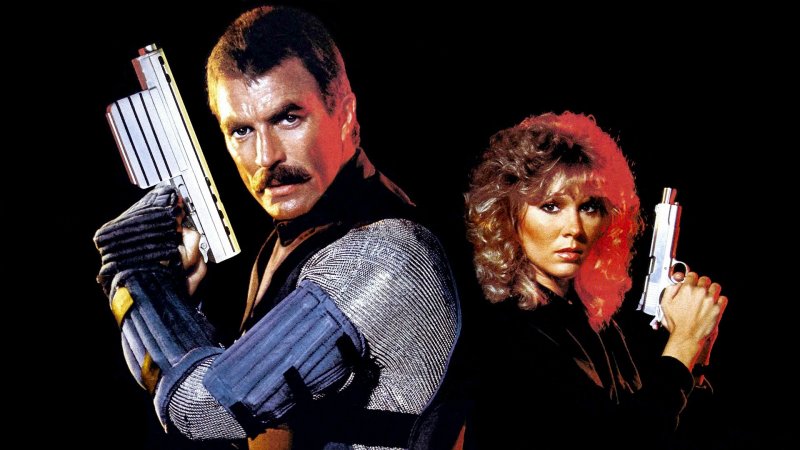





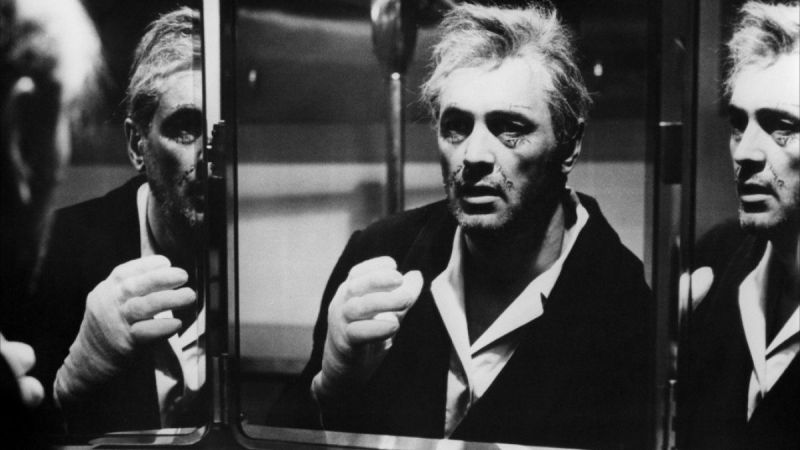

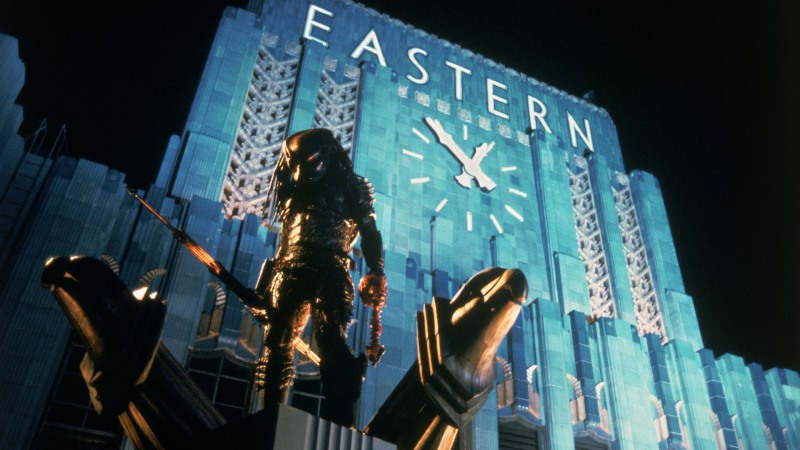
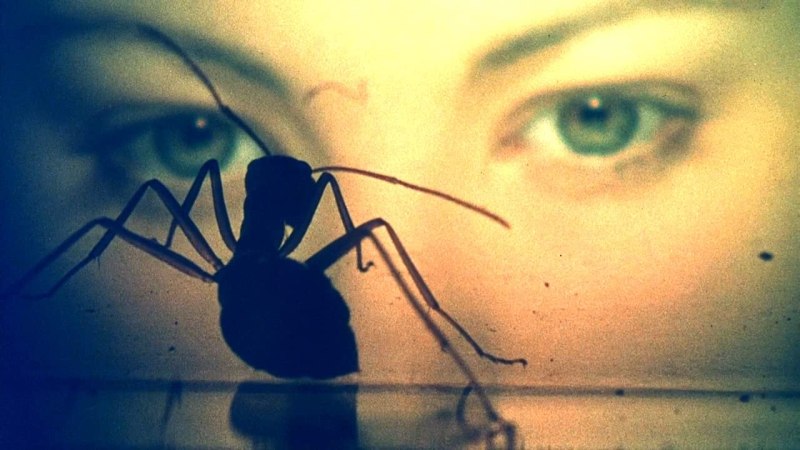


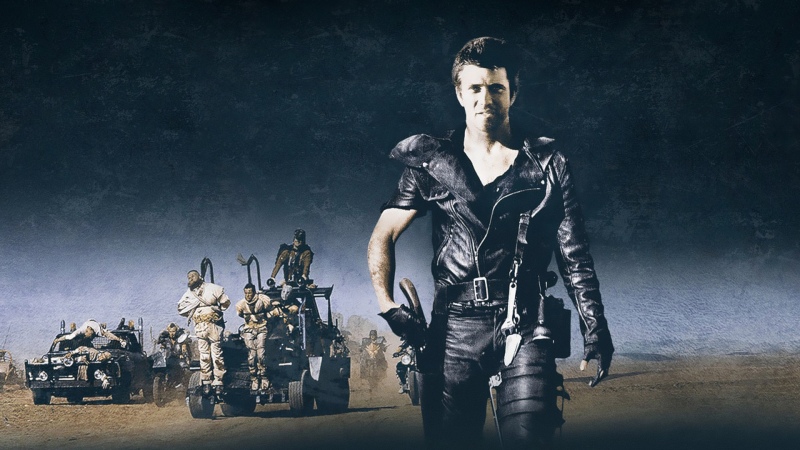

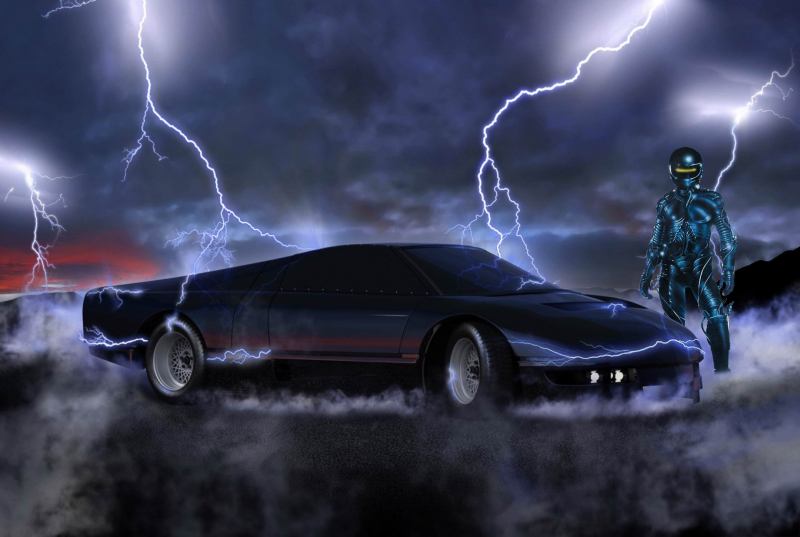




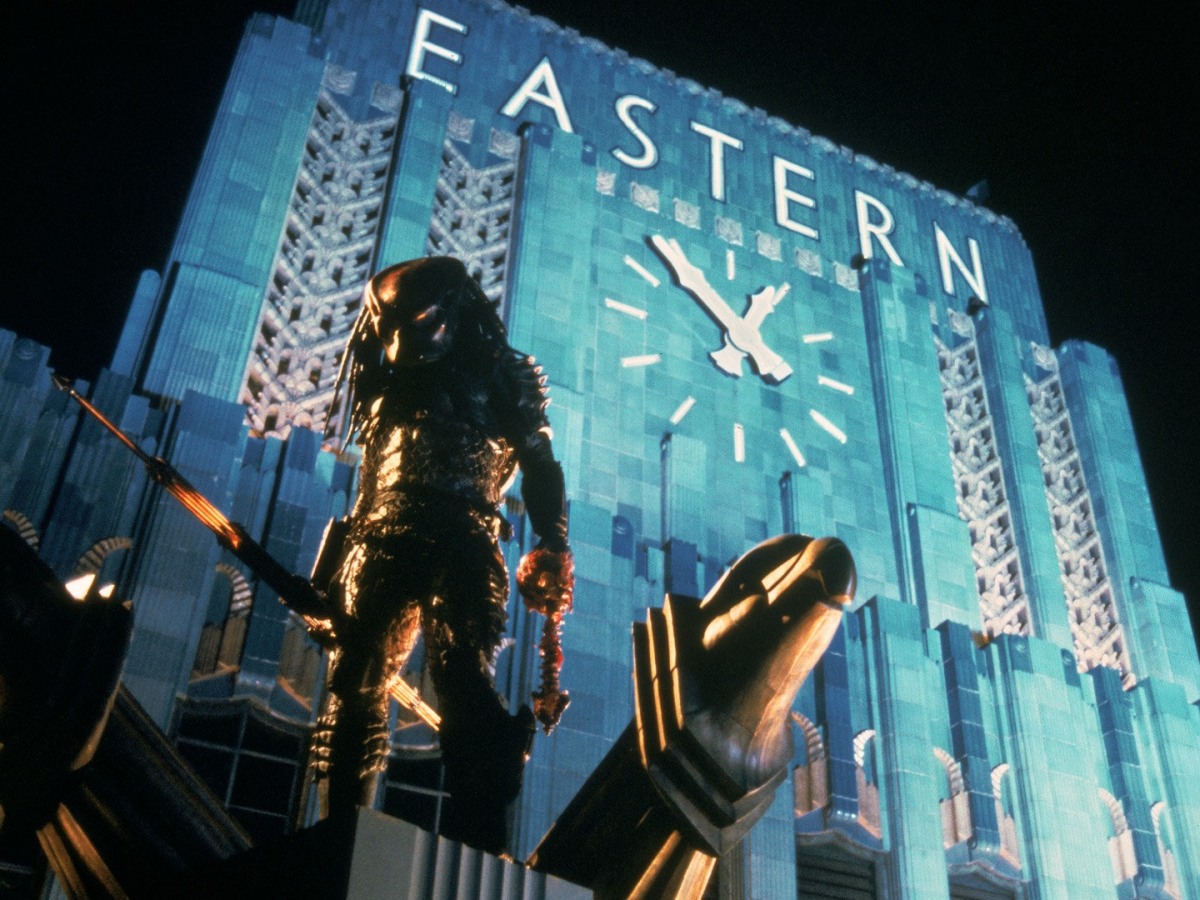







Ripley, without doubt one of the greatest Sci-Fi heroines of all time. The original Alien film is a classic fright fest, but it is Aliens that rounds off Ripley’s transformation into a super tough Alien killing machine when she takes on the Queen to save Newt. I don’t mind Alien 3 either, its a grim ending for Ripley’s story but I think its a shame how they took things with Alien Resurrection. I think its a shame we never got Neill Blomkamp’s Alien 5 movie, that would’ve been great. Sadly we got Ridley Scott’s dire prequel films instead.
LikeLiked by 1 person
It all got just a little convoluted, didn’t it.
I think the first two thrived on simplicity. Too much backstory and lore kills the mystique. It’s the same with every franchise.
In fact, I’ve just written an article on Halloween 2 and the futility of the sequel. Unless you’re James Cameron and freshen things up they will inevitably disappoint for reasons that are largely out of the director’s control. It’s the nature of the beast.
LikeLike